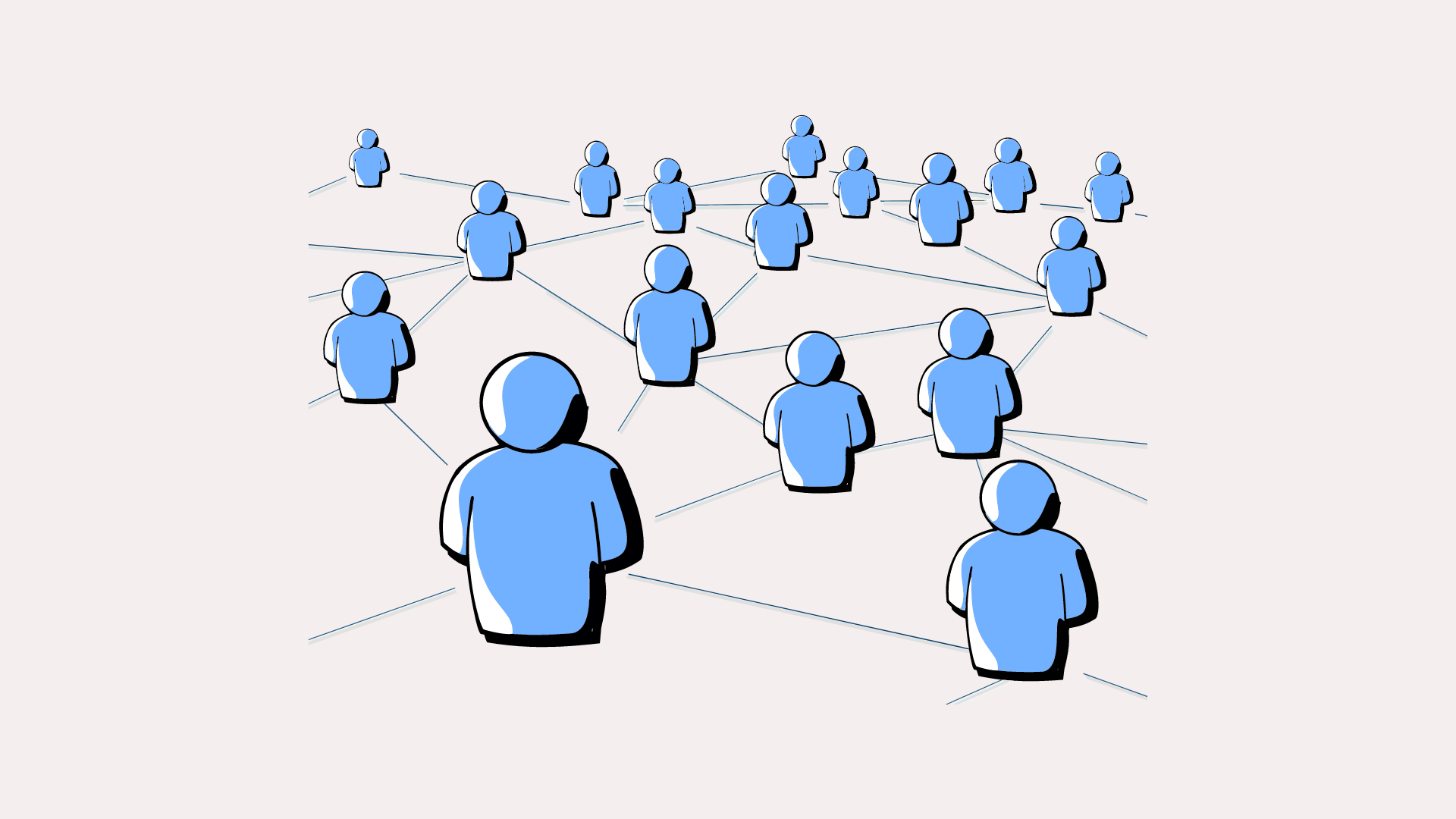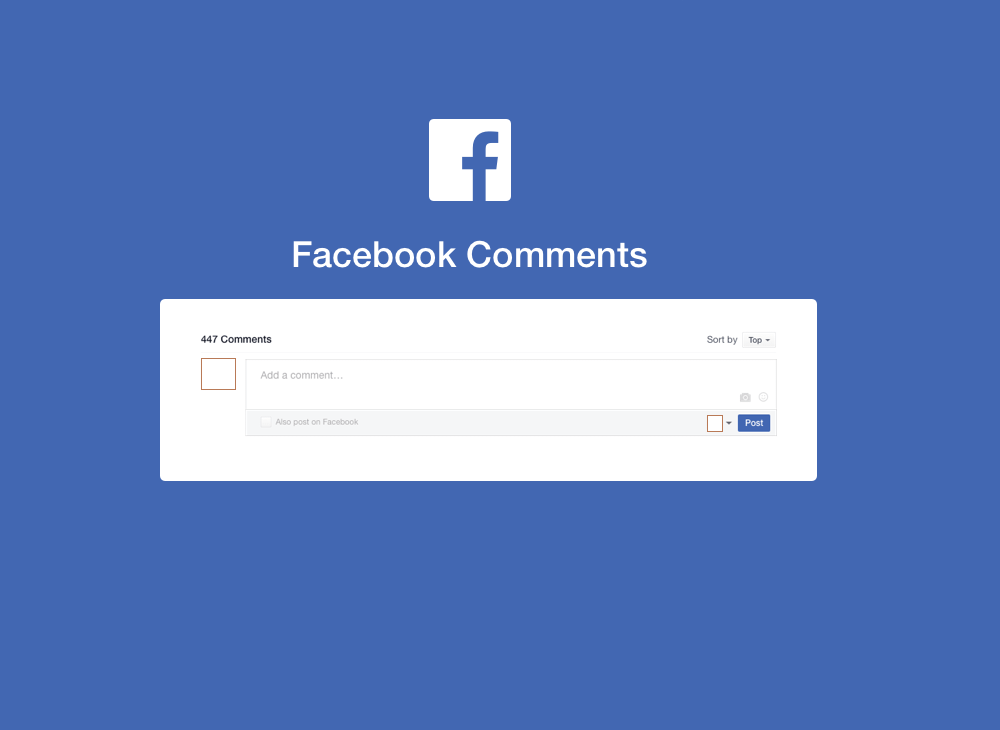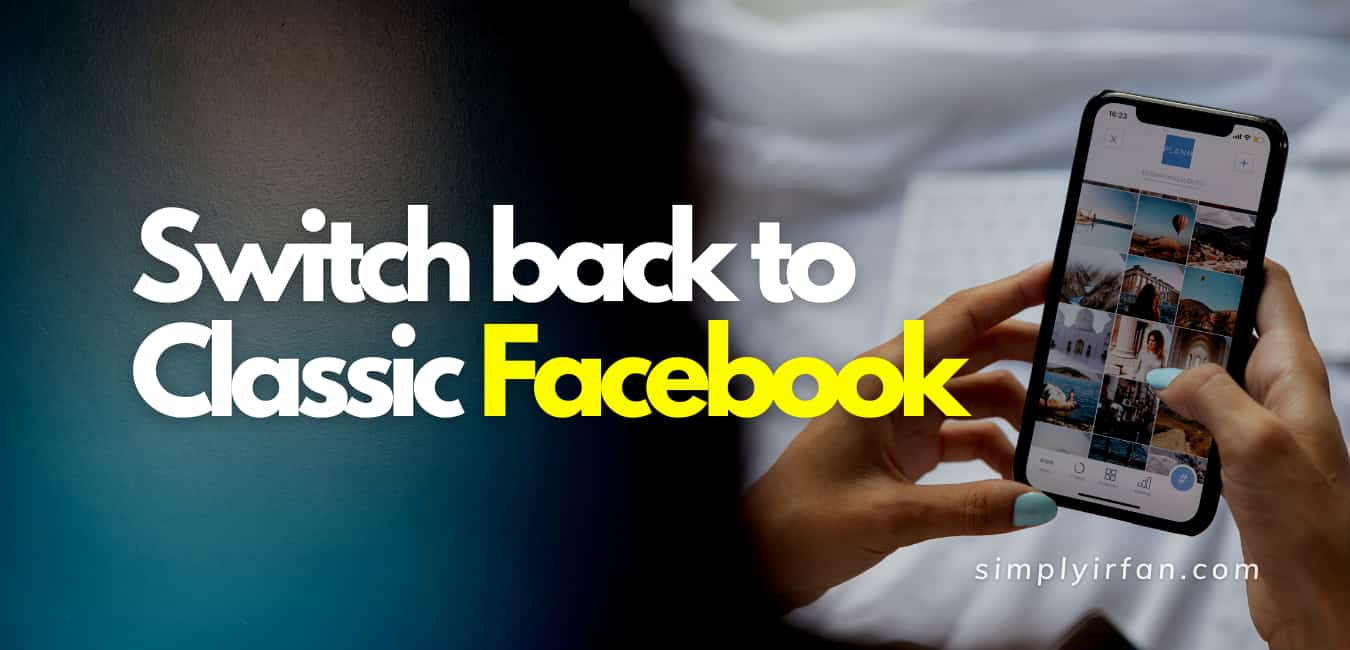Having 2.45 billion active users per month, understanding Facebook demographics is essential to developing an effective social media campaign.
Facebook demographics go beyond any other social network.
However, it is important to take a close look at the numbers to see who uses Facebook – and how its use over the years has changed. And it’s improved certainly.
Somewhere the audience of Facebook has dropped. Community sizes are increasing in other areas. Some people try to make exits from the site, while others share less information about them. In the meantime, popularity is increasing among Facebook Groups.
It is important to stay on top of Facebook’s demographics, whether you want to use Facebook to enter new markets, boost sales, or connect to customers.
27 Facebook user demographics for you must know in 2021
1. More than 2.45 billion active monthly users are on Facebook.
The latest figures on Facebook show that every month more than 2.45 billion people log in. This is marginally more than 2.32 billion in 2018.
More than 1.62 million users on Facebook are active regularly. This number has also risen since 2018, marking a rise of 9 percent year on year.
2. At least 116 million accounts are fake, Facebook figures.
Around 5% of active Facebook users are fake accounts worldwide. Facebook reports that over 3.2 billion fake profiles were disabled from April to September 2019.
However, it is worth noting that there have been those who have indicated that there are no figures for the company.
It also reports that over 255 million duplicate accounts are open on Facebook. The company announced that duplicate accounts accounted for about 11 percent of its global monthly users in the fourth quarter of 2018. Many of those accounts are generated in the Philippines and Vietnam, according to Facebook.
3. Facebook’s growth rate for ad viewers decreased to 0.4%
The Facebook advertisement growth rate was 0.4% between July and September 2019. This is a significant decrease from the company’s 3% growth rate in the previous quarter.
Forecast growth in 2020 is projected to remain low. As David Wehner, the chief financial officer of Facebook, said on an earnings call in recent years, “We continue to expect a deceleration in 2020 but we think it will be more moderate.”
4. Most adults sign up every day for Facebook
Nearly 75% of US adults check Facebook check every day. More several times per day, over half of Americans check Facebook.
5. Seven in ten American adults use Facebook.
71 percent of U.S. adults use social networks, according to the Pew Research Centre. Facebook has just beat the YouTube site with 74 percent of this audience. Instagram is used by less than four in ten U.S. adults.
6. The largest number of Facebook users are in 13-17 aged
TikTok was celebrated as the new teen buzz but when it comes to targeting youth around the world, Facebook still covers the social market.
We Are Social research shows that Facebook marketers will hit 113.3 million teenagers upward. The maximum reach of Snapchat is 66.9 million among teenagers. The coverage of Instagram is 52.9 million for the ages of 13-17.
But the Facebook advertising in youth audience could decline. Marketers are now able to achieve 2.6% fewer teenagers than in the second quarter of 2019, according to the advertisement resources provided by the company.
7. All ages are using Facebook
In certain age groups, some social media networks are also common. For example take LinkedIn, which is predictably common among adults aged 25–49 years in the United States.
On the other hand, Facebook has a reasonably equal distribution of users across the majority of ages. More than 75% of Americans aged 18-49 use Facebook, for example.
There is little variation within this age group. In reality, as many aged 18-29 as aged 30-49 in the United States use Facebook. That is as many children as parents use Facebook.
8. Seniors are smallest on Facebook yet most quickly rising population ages
Registrations tend to decline with age across all social media platforms. On Facebook, that’s also true. Persons over age 50 are less likely than younger generations to be on Facebook.
However the elderly are the most rapidly increasing age on-site, too. The share of older Americans on the platform has more than doubled since 2012 according to the Pew Research Center.
This pattern is probably growing with the aging population in the senior sector when it comes to Facebook demographics of age.
9. The most famous network among the elderly is Facebook.
Seniors may be the smaller aging group in the USA on Facebook, but more than other social networks, they stick to Facebook.
46 percent use Facebook Americans aged 65. Compare this to 38% on YouTube, 15% on Pinterest, and 11% on LinkedIn.
Another fun fact is that data suggests that older people share fake news on Facebook.
10. More women than men in the United States use Facebook
Studies by Pew Research Center indicate that 75% of the female population is on Facebook in the United States. 63% of the men use the platform in comparison.
11. Women prefer to create meaningful Facebook Groups
Women are 40% likely to build groups on Facebook that are important for citizens, according to Facebook. Women also build almost 70% of all Facebook fundraisers.
12. People who feel uncomfortable about Facebook are typically young men
In a recent Facebook research report, the negative effects of social media were understood and supportive resources were created.
The study entitled “Understanding Perceptions of Problematic Facebook Use” reveals that people who are having difficulty using their Facebook are likely to experience a tough time, such as a breakup.
They spend more time on Facebook, especially at night, about behavior. They typically look at accounts and friends of messages more often rather than click through the News Feed.
Ironically, the network is also useful to people who find their use of Facebook problematic.
13. Facebook is the rural area’s most popular social network
Around 3 in 4 US adults living in town uses Facebook. However, suburban and rural residents are equally likely to use Facebook.
Facebook has the highest level of penetration in rural areas, relative to other social media. In rural areas, approximately 66% of U.S. adults use Facebook. This comes with YouTube with 64%, followed by Pinterest with a 26% decline.
14. The most common demographic affinities are African American and Hispanic in the USA.
Facebook uses “multicultural affinities” to designate its users.
Not all users are called, but a recent US survey found that 43 percent are assumed to have an interest in African American culture.
The same proportion (43 percent) or participants with classification is allocated to Hispanic culture. One in ten had a relationship with the Asian culture in the Americas. There are no classifications for “Caucasian” or “white culture.”
Just 60 percent in terms of multicultural affinity had a very’ or somewhat’ strong link to culture. It is worth noting that Roughly 37% believed the reverse. In the multicultural community, more than half found themselves, while 39% said they were not.
15. Most audiences on Facebook are outside the United States.
The U.S. and Canada have the lowest monthly and daily users in combination. With 17 percent of regular Facebook users, Europe is the second biggest player.
16. Europe’s usage growth increased in 2019
In the 2018 privacy crisis for three months, Facebook lost more than a million European users, falling from 376 to 375 million monthly operating users.
Although France and Germany continued to decline, total growth has recovered since then. Currently, in Europe, Facebook has 387 million monthly users.
17. Asia Pacific is the most active Facebook region in the world.
In the Asia-Pacific region, more than 40 percent of monthly Facebook users can be found. 38 percent of all users in the area are active daily.
That’s a powerful example since Facebook remains restricted in China (together with Whatsapp, Instagram, Twitter, YouTube, etc.).
You can make sure that your website is fast if you use Facebook to publish in the Asia Pacific region. Research on Facebook showed that 55% of people in the area won’t wait until a web page is loaded for more than 5 seconds.
18. The biggest advertising audience on Facebook in India.
India has the largest audience for Facebook advertisers and hits 310 million people. It is followed by the USA, which is home to 183 million viewers. Indonesia crosses 123 million in third place.
19. Facebook’s fastest developing regions include India, Indonesia, and the Philippines
Facebook continues to draw users globally, including in the United States and Canada. India, Indonesia, and the Philippines are the development regions.
Indeed with 310 million users, according to Statista, India is the largest country in the world to have Facebook.
The fact that digital adoption is spreading rapidly across these regions is one explanation that Facebook has given for accelerated growth.
20. Half of Facebook users speak a different language than English
More than 50% of the 2.45 billion members of the social network speak non-English.
You can either use the Facebook Translate tool or try the language optimization ad function on Facebook if you understand what languages your audience speaks. The creation of many Facebook pages for different languages may also be worthwhile.
21. Emerging markets users are more likely to communicate with businesses
Following an analysis of 15 countries, Facebook found that in developing markets, companies are 2.4 times more likely than people in developed markets to message.
In Brazil, over the last three months, 85% of Facebook respondents had mentioned a company, followed by 74% in India. However, only 61 percent of respondents were in the United States and the United Kingdom.
22. Mobile dominates the highest, especially in Latin America and Africa.
A staggering 98 percent of over 139 million Facebook users in Africa are on mobile. 88 percent of users worldwide use a mobile device for access to Facebook.
In Latin America, mobile is also common, particularly when it comes to viewing a video. Facebook estimates that in Brazil and Mexico smartphones are 1.42 times more sensitive than “mature mobile markets,” as their preferred form of watching videos.
In Mexico, people have 2.07 times the chance of choosing mobile devices for video streaming. There is also a similar trend in Argentina and Colombia.
23. Facebook is the most popular low-income social network
Study data from 2019 Pew reveals that 69% of American adults use Facebook in the lowest income households. No other social network closes except YouTube. Just 35% of individuals at the same level of income are using Instagram, for example.
The economic divide between American teens is widening. The same study shows that kids in low-income homes appear to use Facebook more frequently than teenagers in households with high earnings. Seven-in-ten young people in families making less than $30,000 a year use Facebook, against 36% of those living in households earning $75,000 or more.
In general, however, Facebook is spread across revenue ranges reasonably evenly.
YouTube is the other place with a higher percentage of high earners.
24. More than a quarter of people think that Facebook does not correctly identify them
Advertisers will reach people based on all ages and locations. Facebook also adds other user details and behavior-based identifiers to assist advertisers in targeting ads.
Anyone can see which categories are placed by Facebook on the preferences page of your ad. But not everyone feels it’s right for Facebook. According to a survey from Pew Research Centre, 27 percent claim that Facebook classifications are not correctly reflected. On the other hand, 59% of users believe “very accurate” classifications are.
Correct or incorrect, about half of our Facebook users don’t know how classified they are. Take this into account when targeting your next ad campaign on Facebook.
25. Facebook users are politically divided
Facebook is no secret to watch its users’ political affiliations.
A recent survey conducted at the Pew Research Center found 35% to be conservative or very conservative in the USA and 34% to have been identified as liberal or very liberal. The other 29% is deemed to be mild.
Most people—73% consider either quite or very accurate their political mark. The remaining 27% believe their mark is not right.
26. Four out of ten people took a Facebook break
A little digital detox is for many Facebook users occasionally.
About 42% of adults in the U.S. spent weeks or more on Facebook. Around one-fourth of them have deleted Facebook apps from their mobile.
A recent study also shows the refusal of an average user to remove his Facebook account for less than $1,000.
27. In the morning and at night people spend time reading Facebook messages
A study finds that more people spent reading Facebook posts at 8 a.m. in a study by Facebook researchers. And ten o’clock in. Compared to 12 p.m. and 4 p.m.
The findings are there because, they explain, ‘people have higher moral consciousness and control over themselves in the morning.’ Researchers also note the “morning moral effect.”



